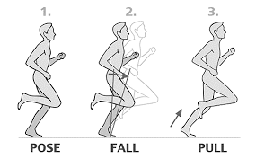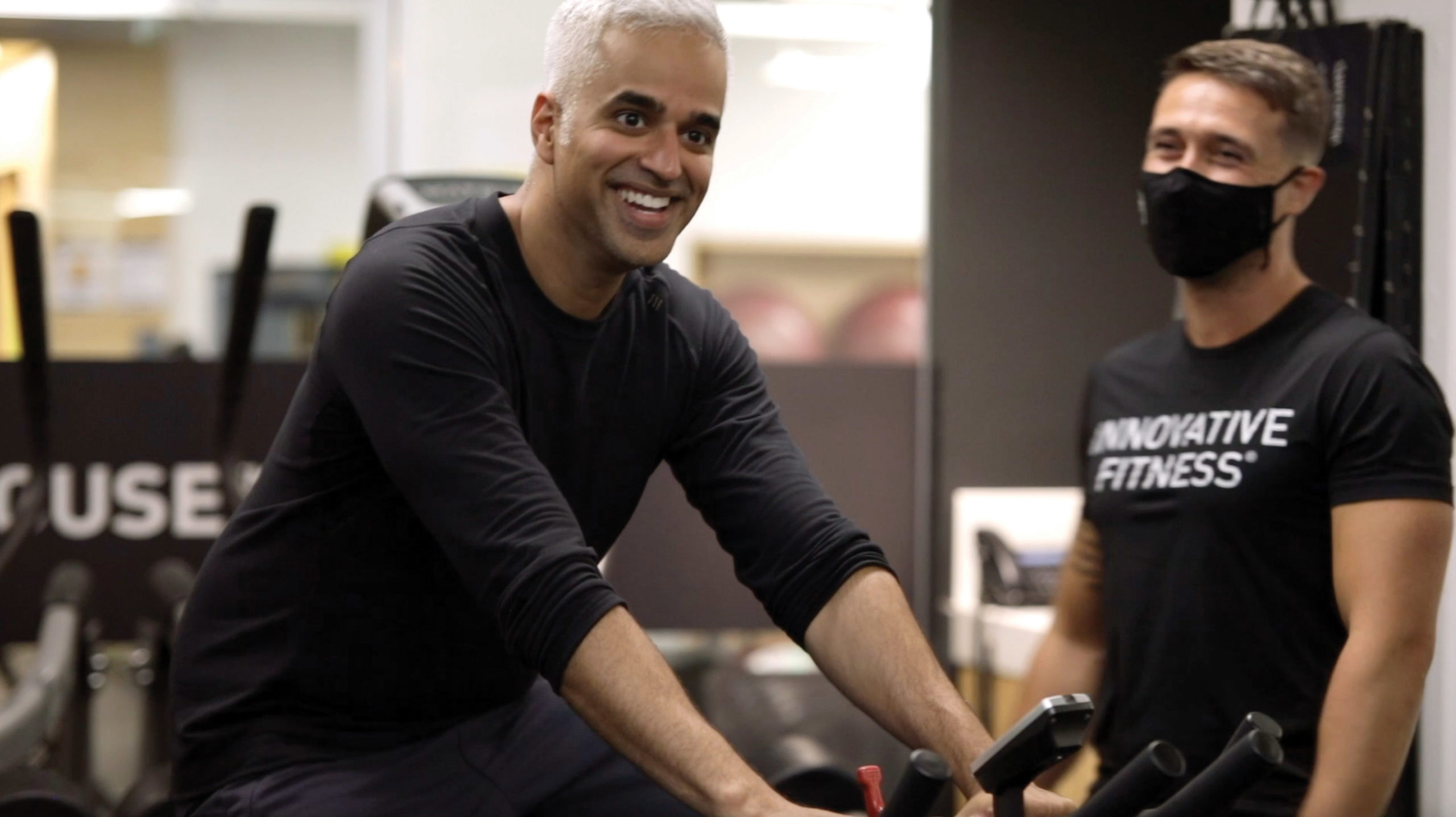The sun peeks over the mountains to the east and you lace up the shoes. A consistent start to your morning routine for the past year. Heading down a familiar route on your morning run you start to notice a pain beneath your knee cap. You figure that you’ll warm up and it will disappear as it’s done for the past several training sessions, but this time it doesn’t. Trying to tough it out for the next kilometer or two, you hobble along the pavement until it hurts so badly that you have to walk back home. Welcome to the world of your average runner.
This is the point where many former runners have tried a few more training runs, hit a physio appointment or two, then called it quits to take up the road bike. Proclaiming: “I’m not meant to be a runner”, or “there’s way too much impact” is their slogan going forward.
A sad statistic in modern sports is that between 20-85% of runners become injured in one way or another every year. Another statistic is that 82% of runners heel strike. This is not a coincidence.
With modern footwear, sedentary lifestyles and culture of poor running form, these numbers won’t change unless we make a concerted effort to change the way we run.
As athletes, we have a few options to improve the way we perform. Most people try physio or massage, or buy new shoes with the latest and greatest arch support and motion control, but still come up with the same problems. While regular massage, physio and various other treatments are pivotal in keeping your overall health and activity level high, it’s not the ideal way to prevent injuries in the first place. Why not stop the injury before it happens? This can be achieved one way only: by improving your form to the way we were designed to run.
Enter POSE method running.
This system of running was designed by Dr. Nicholas Romanov using our body mechanics and the laws of physics to make our stride as efficient as possible. This efficiency means less injuries and quicker race times. Dr. Romanov created POSE method in the 70’s and has been working with high achieving athletes at varsity and Olympic levels. Casting aside the idea that everyone has their own “natural style”, this system was developed to create a standard for running.
The basic breakdown of this running system is: falling, POSE position and the pull.
This sounds simple but actually takes detailed drills, video analysis and practice to correct and perfect. Running with near perfect form also includes concepts as: proper proprioception, landing on the ground – not striking, unweighting the body, higher cadence, proper mobility and ground reaction force.
A common falsehood in running is that a light jog to a sprint requires a fundamentally different style. Your form should be basically the same no matter how fast or slow you’re running. This deviation leads to less efficiency, and therefore slower speed with more muscular effort. This is the world of the injury, most common being but not limited to: runner’s knee (most common), shin splints, iliotibial band syndrome (IT band), achilles tendonitis and plantar fasciitis. The vast majority of runners have an unmistakable heel strike with no idea it’s happening. The impact jolts through the entire body causing 3 x the bodyweight to ripple through all your joints. Impact like this is a ticking time bomb and it’s only a matter of time before the injuries start piling up.
If you think about any other skilled sport, we are taught and trained to perform the skill repeatedly to learn proper execution. The best examples of this would be swimming or cycling. Why is running not? This is where POSE running comes into play: improving your running form is the first step that should be taken to avoid injuries, instead of treating them after the fact. The drills that will be worked on can be practiced and practiced again until a new, more flowing form becomes your new normal style. Learning a new skill must be done slowly to unlearn years of poor running habits.
Stay tuned on the blog where we’ll explore the landing position of the foot during running, and the proprioception required to make changes in form. These will be the first steps taken to get you running further, faster and healthier.
—
Wade Dickinson
Professional Training Coach & Events Manager
Innovative Fitness West Vancouver
p. 604 913 3488







